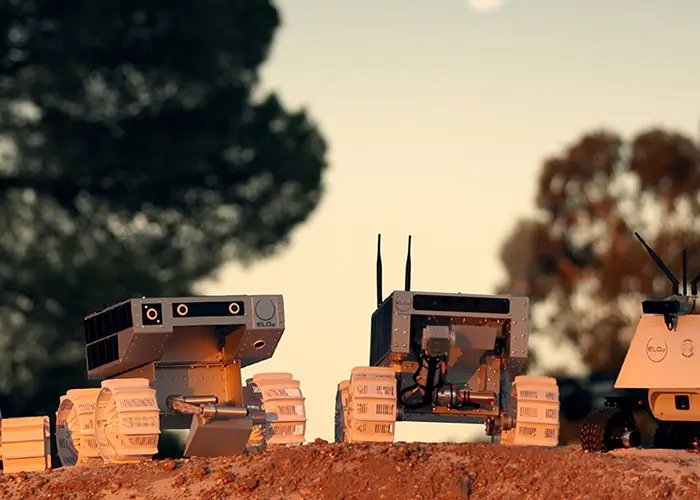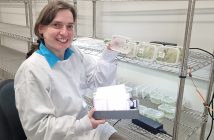
The ELO2 Consortium, co-led by EPE Oceania and Lunar Outpost Oceania, has been selected to deliver Australia’s first lunar rover.
The AUD42 million project, funded by the Australian Government through the Australian Space Agency, will see EPE and its partners design, construct, and operate the Australian-made rover, “Roo-ver,” on the lunar surface.
“This is a landmark moment for Australia and for EPE,” said EPE Oceania CEO Warwick Penrose. “We are immensely proud to co-lead this history-making mission with Lunar Outpost Oceania and our incredible world-leading research and industry partners from across the nation.
“Together, we will not only deliver Roo-ver but also pave the way for translating cutting-edge space technologies into transformative capabilities for Defence, national security, and other industries.”
EPE brings a 25-year track record of managing complex technology projects as a prime contractor. With leadership in robotics, autonomy, and remote operations, EPE’s expertise will be instrumental in delivering technologies that serve space exploration and critical national interests.
This project is the culmination of a collaboration within the ELO2 Consortium, which includes contributions from leading universities, SMEs, and industry across all Australian states and territories.
Roo-ver will be entirely designed, manufactured, and tested in Australia and operated from Australia, showcasing the nation’s engineering excellence and ability to compete globally.
“The technologies developed for Roo-ver will underpin enabling capabilities for AUKUS Pillar II asymmetric technologies, advancing Australia’s sovereign defence and national security capabilities,” said ELO2 Consortium Director Ben Sorensen.
Key developments include:
- Extreme environment robotics: Improving performance and reliability with high assurance operations in remote and hazardous conditions;
- AI, autonomous systems and remote operations: Pioneering solutions for intelligent, uncrewed and remotely operated platforms in challenging environments;
- Advanced sensors and communications: enabling situational awareness, mission control, inter-operability and extreme beyond line of sight human-machine interaction; and
- Novel materials and manufacturing: Driving innovation in durability and scalability for extreme environments.
“These critical technologies not only address Australia’s immediate needs in space exploration but also have far-reaching applications for defence, mining, energy, and disaster response industries,” said Sorensen.
“This project exemplifies the dual-use benefits of space technology, reinforcing its potential to drive innovation and economic growth across sectors.”
The ELO2 Consortium’s selection follows its success in the preliminary design phase, during which it developed and tested four rover prototypes with AUD4 million in funding from the Australian Space Agency.
This achievement positioned the Consortium as a leader capable of delivering Australia’s first lunar rover and advancing the nation’s presence in space exploration.
Work on the mission will begin immediately as the Australian Space Agency finalises launch details with NASA. Once on the Moon, the rover will undertake a science mission to understand the lunar surface and support Australia’s contribution to the Artemis Program.





